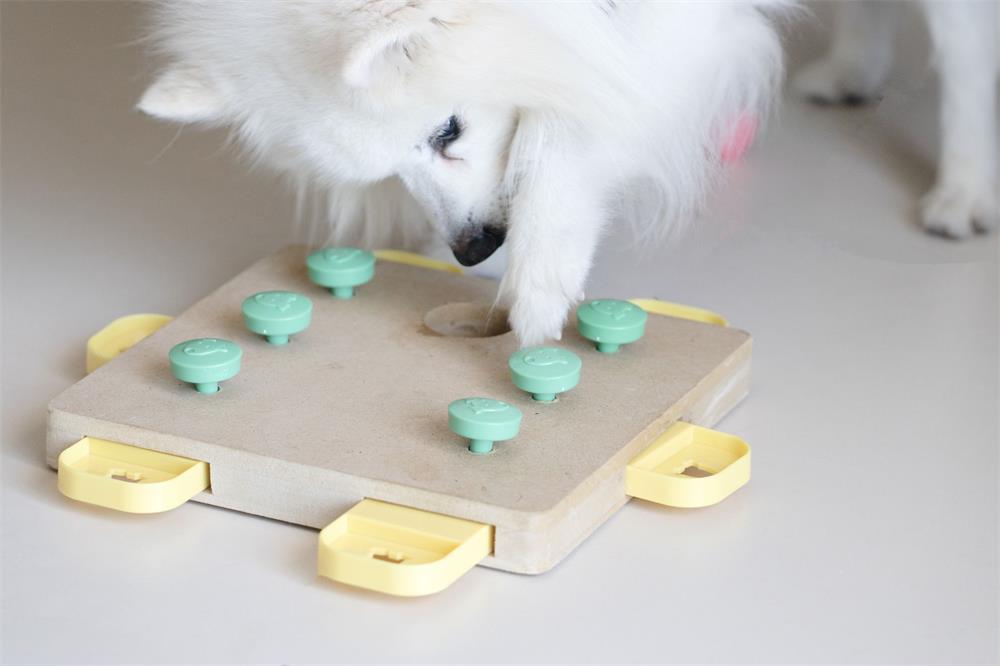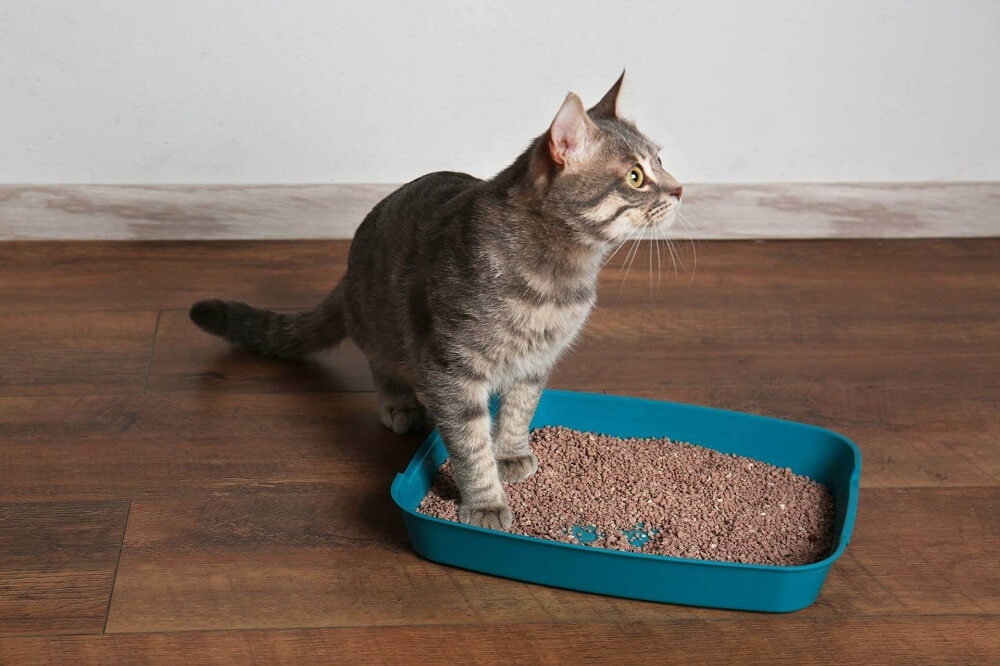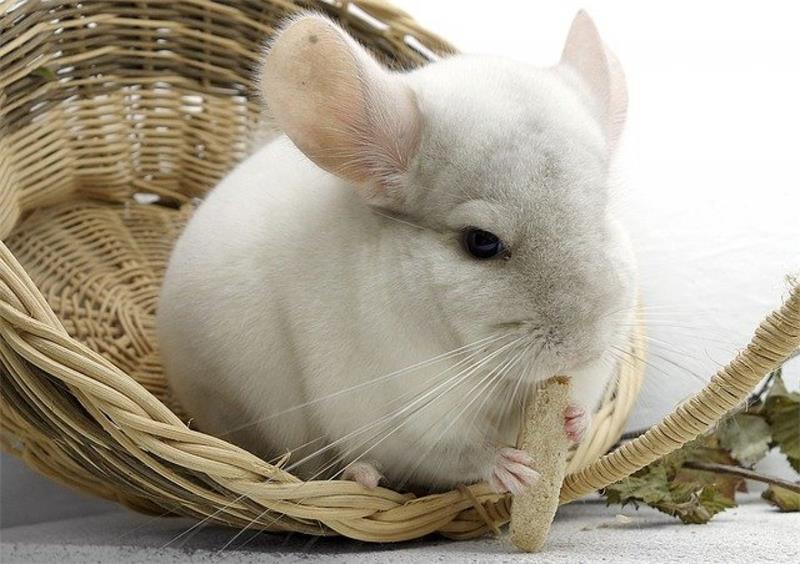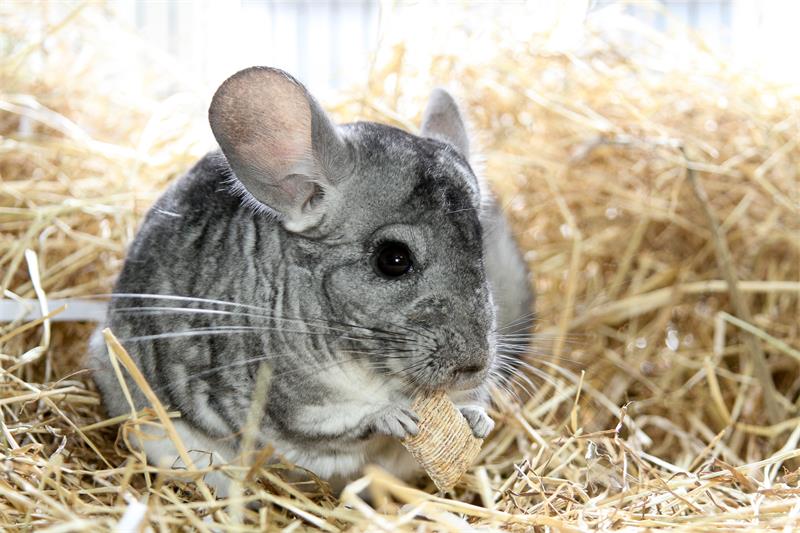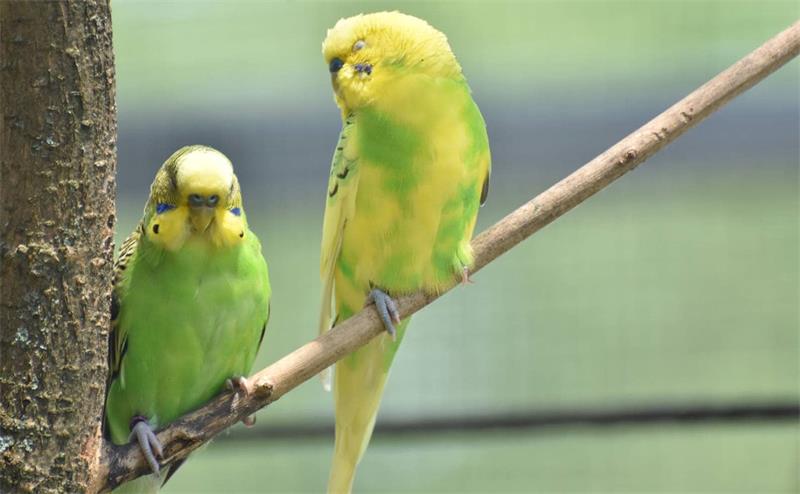
Table of Contents
Parrotlets are the smallest members of the parrot family, but they have big personalities and charm. These tiny birds are intelligent, curious, and playful, and they can also learn to talk. However, teaching a parrotlet to talk is not an easy task. It requires time, patience, consistency, and positive reinforcement. In this guide, we will share some tips and tricks on how to teach your parrotlet to talk, as well as some benefits and challenges of having a talking bird.
Before You Begin
Before you start training your parrotlet to talk, there are some things you need to do in preparation.
Bond With Your Bird First
The first and most important step is to establish a strong bond with your parrotlet. Your bird needs to trust you and feel comfortable around you before it will try to imitate your speech. To bond with your parrotlet, you need to spend quality time with it every day. Talk to it in a gentle and soothing voice, sing and whistle to it, play with it, and offer it treats and toys. Avoid scaring or stressing your bird, as this will make it less likely to talk.
Create a Calm Environment
The second step is to create a calm and quiet environment for your training sessions. Parrotlets are easily distracted by noises and movements, so you need to minimize them as much as possible. Choose a room where there are no other people, pets, or devices that could interrupt your training. Turn off your phone, TV, radio, or any other source of the sound. Make sure the room is well-lit and has a comfortable temperature for your bird.
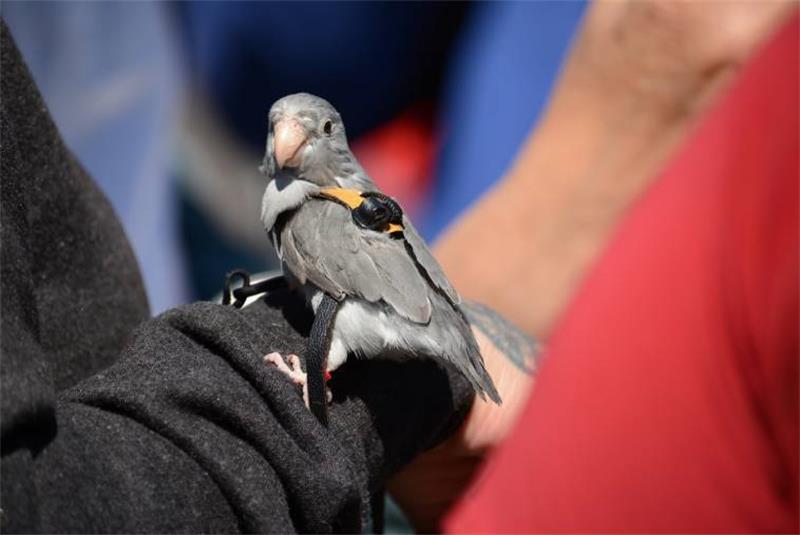
Have Realistic Expectations
The third step is to have realistic expectations about your parrotlet’s talking ability. Parrotlets can learn to talk, but they are not the best talkers among parrots. They have small voices and limited vocabularies, and they may not speak as clearly or as often as other parrot species. Some parrotlets may never learn to talk at all, while others may only learn a few words or phrases. Generally, male parrotlets are more vocal than females, but this is not a guarantee. Don’t be disappointed if your parrotlet doesn’t talk as much as you hoped.
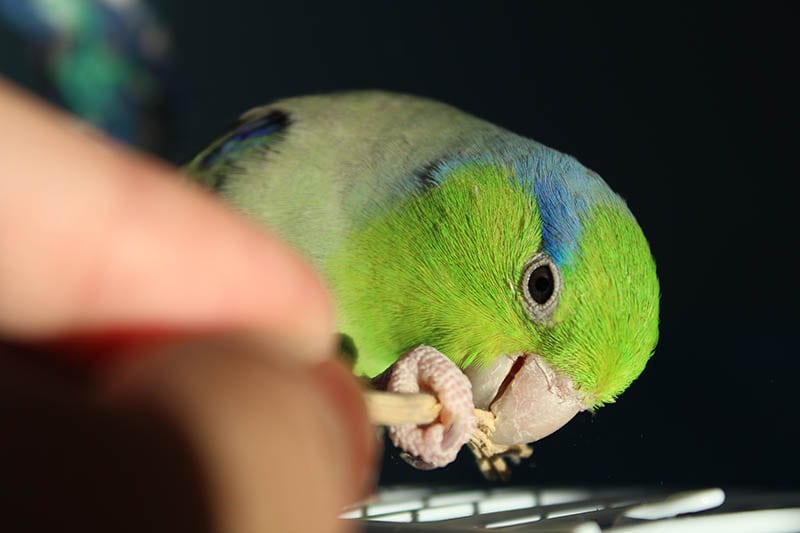
Tips & Tricks for Teaching Your Parrotlet to Talk
Now that you know what to do before trying to teach your parrotlet to talk, let’s look at some helpful tips and tricks for getting your parrotlet to speak.
1. Be Consistent
Consistency is key when teaching your parrotlet to talk. You need to train your bird regularly and frequently, preferably every day. Choose a specific time of the day when your bird is most alert and attentive, such as in the morning or evening. Train your bird for about 10-15 minutes at a time, and repeat the sessions 2-3 times a day. Don’t train your bird for too long or too often, as this could bore or tire it.
2. Practice Patience
Patience is another essential factor when teaching your parrotlet to talk. Don’t expect your bird to learn words overnight or after a few sessions. It may take weeks or months for your bird to start talking, depending on its personality and learning ability. Don’t rush or pressure your bird, as this could make it nervous or resistant. Instead, be patient and supportive of your bird’s progress.
3. Talk to Them All the Time
The best way to teach your parrotlet to talk is by talking to it all the time. Parrotlets learn by listening and mimicking sounds they hear from their environment, especially from their owners. The more you talk to your bird, the more it will learn from you. Use simple words and phrases that are easy for your bird to pronounce, such as its name, hello, goodbye, thank you, etc. Repeat them often and clearly, and look at your bird when you speak.
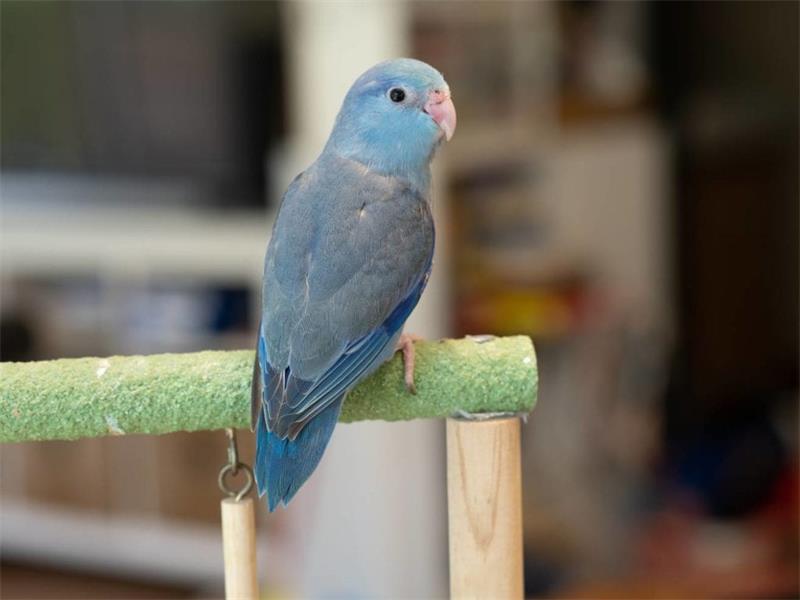
4. Use Emphasis on the Words You Want It to Learn
Another tip is to use emphasis on the words you want your parrotlet to learn. Emphasize them by saying them louder, slower, or more frequently than other words. For example, if you want your bird to learn its name, say “Hello Coco!” instead of just “Hello!”. This will help your bird recognize and remember the words better.
5. Use Praise & Rewards
Positive reinforcement is crucial when teaching your parrotlet to talk. You need to praise and reward your bird whenever it tries or succeeds in talking. Praise it by saying “Good bird!” or “Good job!”
6. Never Punish
Negative reinforcement is counterproductive when teaching your parrotlet to talk. You should never punish your bird for not talking or for saying something wrong. Punishing your bird could make it fearful, angry, or depressed, and it could damage your bond with it. Instead of punishing your bird, ignore its mistakes and focus on its achievements.
7. Try Learning CDs or Videos
You can also use learning CDs or videos to help your parrotlet talk. These are recordings of words and phrases that you can play for your bird when you are not around. They can supplement your training sessions and expose your bird to more sounds and voices. However, they are not very effective for teaching new words, but rather for improving words that your bird already knows. The most effective way for your parrotlet to learn new words is through direct interaction with you.
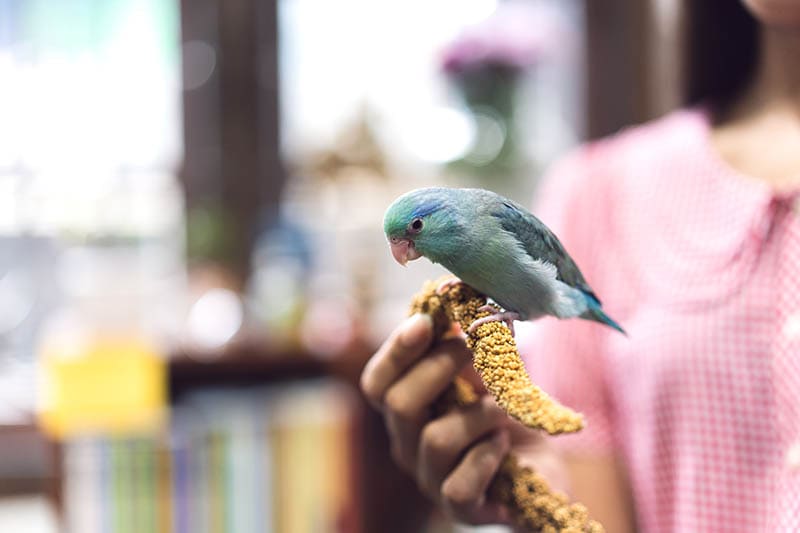
Benefits and Challenges of Having a Talking Parrotlet
Having a talking parrotlet can be very rewarding and fun, but it also comes with some benefits and challenges.
Benefits
- Talking can enrich your parrotlet’s mental and physical health, as it stimulates its brain and vocal cords.
- Talking can strengthen your bond with your parrotlet, as it shows trust and affection.
- Talking can enhance your communication with your parrotlet, as it allows you to understand its needs and wants better.
- Talking can entertain you and your parrotlet, as it adds variety and humor to your interactions.
Challenges
- Talking can be noisy and annoying, especially if your parrotlet talks too much or too loudly.
- Talking can be inappropriate or embarrassing, especially if your parrotlet says something rude or offensive.
- Talking can be misleading or confusing, especially if your parrotlet says something that doesn’t match its behavior or mood.
- Talking can be difficult or frustrating, especially if your parrotlet doesn’t talk as much as you want or expect.
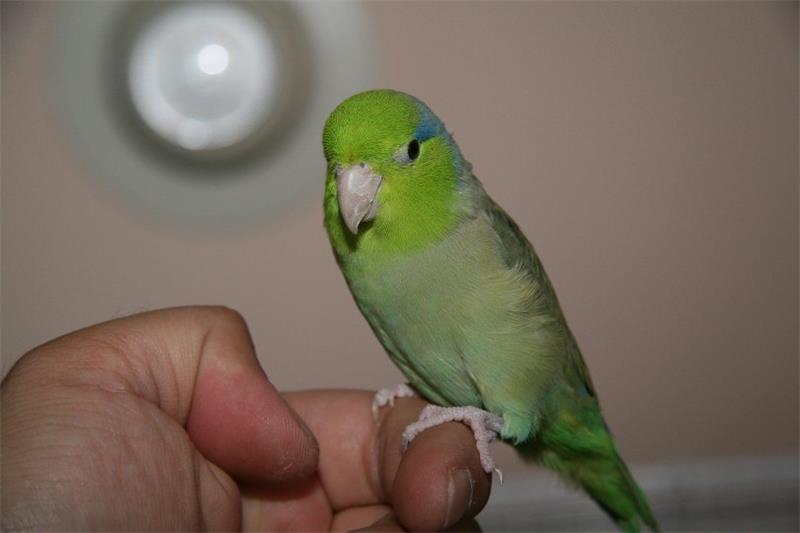
Conclusion
Parrotlets are adorable and intelligent birds that can learn to talk with proper training and care. However, teaching a parrotlet to talk is not an easy task. It requires time, patience, consistency, and positive reinforcement. You also need to have realistic expectations about your parrotlet’s talking ability, as it may not speak as much or as well as other parrot species. Nevertheless, having a talking parrotlet can be very rewarding and fun, as it can enrich your relationship with your bird and make it more enjoyable.



